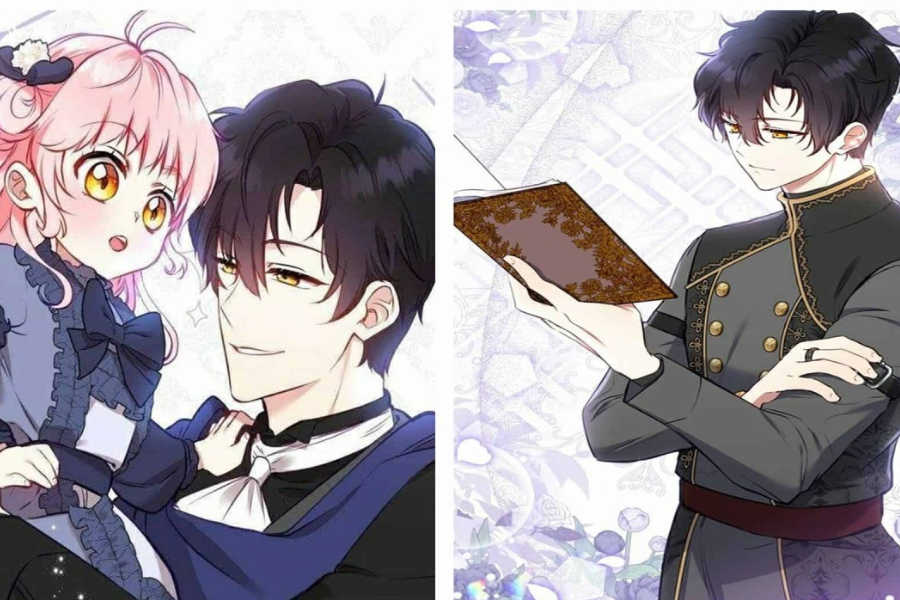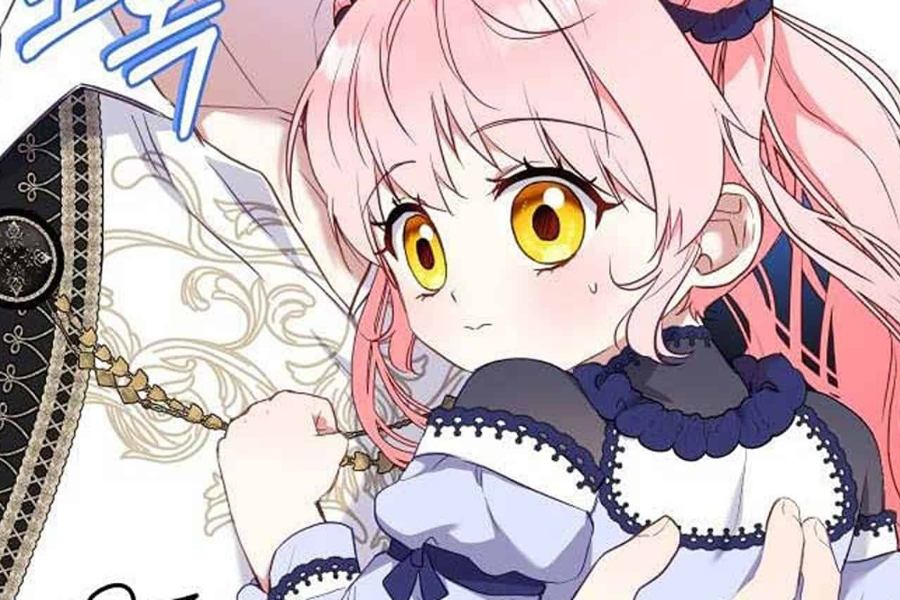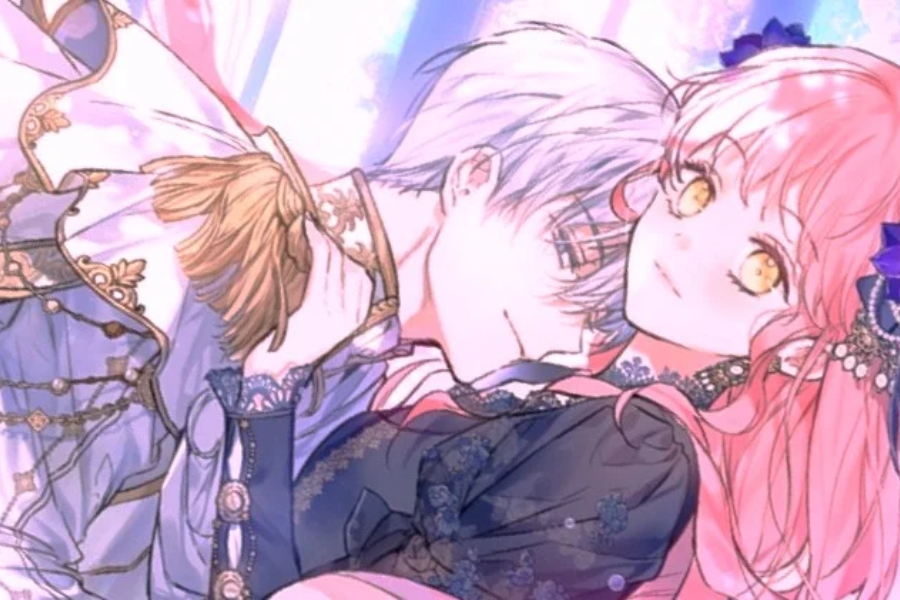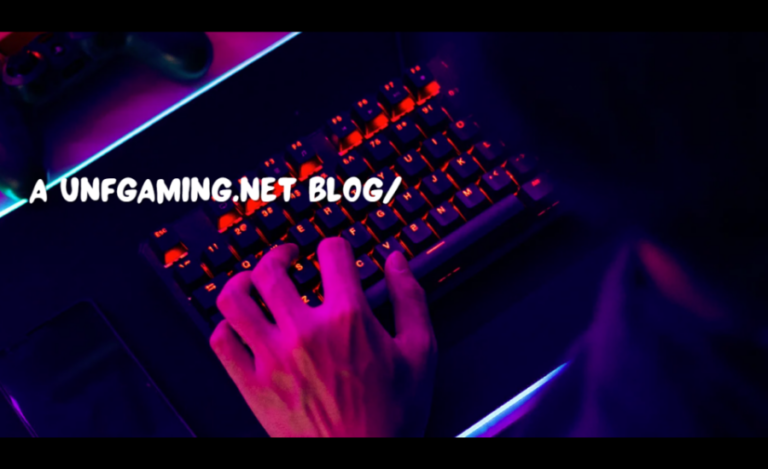I’m Being Raised By Villains – Chapter 36: A Pivotal Turning Point
“I’m Being Raised by Villains” has captivated readers with its unique premise and gripping narrative. The story centers around a young protagonist who grows up in a household of villains, each harboring their own dark motives and complex personalities. This unusual upbringing forces the protagonist to navigate a life filled with danger, moral ambiguity, and constant challenges.
In the early chapters, we see the protagonist grappling with their place in this twisted world. Their initial innocence is quickly overshadowed by the harsh realities of living with villainous guardians. Each day brings new obstacles as they struggle to understand their own identity amidst the chaos. The story skillfully balances intense action scenes with deep emotional and psychological development, ensuring readers stay engaged.
The protagonist’s journey is marked by a series of difficult choices and moral dilemmas. They must decide whether to follow in the footsteps of their guardians or forge their own path. This inner conflict is at the heart of the story, adding depth and complexity to the protagonist’s character. As they grow, they begin to question the morality of their guardians’ actions and the impact these actions have on their own values.
The villains in the story are not one-dimensional; they are portrayed with intricate backstories and multifaceted personalities. This complexity makes the protagonist’s interactions with them all the more intriguing. The relationships within the household are filled with tension, moments of unexpected tenderness, and even humor, creating a rich and dynamic narrative.
“I’m Being Raised by Villains” is not just a tale of good versus evil. It delves into the grey areas of morality, exploring themes of identity, loyalty, and the influence of one’s environment on their choices. The protagonist’s evolution from a naive child to a more aware
Key Developments In Chapter 36

Chapter 36 of “I’m Being Raised by Villains” stands out as a pivotal moment in the series. It introduces significant plot twists, reveals hidden motivations of key characters, and sets the stage for future conflicts. This chapter is packed with major developments that deepen the protagonist’s journey and add layers of complexity to the narrative.
Discovering Hidden Powers
One of the central themes in Chapter 36 is the protagonist’s discovery of hidden powers. These newfound abilities add a new dimension to their character and the overall plot. While they offer a means to defend against threats, they also attract unwanted attention from more sinister forces. This revelation serves as both an empowerment and a burden for the protagonist, forcing them to learn control while grappling with the fear of becoming like their guardians.
Confrontations and Moral Dilemmas
Chapter 36 is marked by intense confrontations and moral dilemmas. The protagonist faces significant turning points, such as confronting their guardians’ true nature and grappling with their own moral compass. Constant exposure to villainous schemes forces the protagonist to question their values and make difficult choices, adding depth to their character.
Hidden Motivations Revealed
Another key element of this chapter is the revelation of hidden motivations among key characters. Allies and enemies alike reveal their true intentions, leading to shocking betrayals and unexpected alliances. These revelations not only change the dynamics between characters but also drive the plot forward, creating new layers of intrigue and suspense.
Setting the Stage for Future Conflicts
Chapter 36 also sets the stage for future conflicts. The protagonist’s discovery of their hidden powers and the revelation of other characters’ true motivations create a volatile environment ripe for future clashes. The stakes are higher than ever, and the protagonist must navigate a treacherous path filled with danger and uncertainty.
Deepening the Protagonist’s Journey
Overall, Chapter 36 deepens the protagonist’s journey by adding complexity to their character and the narrative. The discovery of hidden powers, intense confrontations, moral dilemmas, and revelations of hidden motivations all contribute to a richer, more engaging story. This chapter is a turning point that will leave readers eagerly anticipating what comes next in the series.
Complex Character Relationships

Character relationships play a crucial role in the narrative. The bonds between the protagonist and the villains are complex and multifaceted. There are moments of unexpected kindness and harsh betrayals, reflecting the unpredictable nature of their world. These dynamics are explored thoroughly, providing depth to the characters and their interactions.
Trust and Betrayal
Trust is a rare commodity in the protagonist’s world. Chapter 36 emphasizes this theme with various betrayals and acts of deceit. The protagonist learns early on that trust must be earned and can be easily broken. This lesson is reinforced through significant relationship developments, adding tension and unpredictability to the story. The protagonist experiences betrayal from those they thought were allies, teaching them the harsh reality that appearances can be deceiving. This theme of trust and betrayal not only adds drama but also shapes the protagonist’s ability to discern true intentions, making their journey more compelling.
Unexpected Bonds
Despite the dark nature of their world, the protagonist forms genuine bonds with some of the villains. These relationships are layered with conflicting emotions and motivations, adding richness to the story. Chapter 36 delves deeper into these unexpected bonds, showcasing the protagonist’s growth in understanding and navigating human nature. The protagonist discovers that even in a world filled with villains, there are moments of humanity and compassion. These unexpected bonds challenge their preconceived notions about good and evil, revealing that everyone has a story and a reason behind their actions. This exploration of relationships adds emotional depth and complexity to the narrative, making the characters more relatable and the story more engaging.
Complexity Of Relationships
The relationships in Chapter 36 are not just black and white; they are painted in shades of gray, reflecting the complexities of real-life interactions. The protagonist’s interactions with the villains reveal the multifaceted nature of these characters, who are not purely evil but are driven by their own desires, fears, and past experiences. These nuanced portrayals make the villains more than mere obstacles for the protagonist to overcome; they become integral parts of the story that challenge and shape the protagonist’s journey. The intricate web of relationships highlights the unpredictability of their world, where alliances can shift and trust can be both a weapon and a shield.
Emotional Growth
Through these complex relationships, the protagonist undergoes significant emotional growth. They learn to navigate a world where trust is fragile and betrayal is common, all while forming bonds that defy the conventional hero-villain dynamic. This growth is pivotal to the protagonist’s development, making them more resilient and empathetic. Chapter 36 captures this evolution, showing how the protagonist’s experiences with trust, betrayal, and unexpected bonds shape their understanding of themselves and others.
Themes Explored
Chapter 36 delves into several key themes, continuing to explore the complex dynamics established in earlier chapters.
Gray Areas Between Good and Evil
One of the central themes in Chapter 36 is the exploration of moral ambiguity. The protagonist’s struggle to maintain their moral compass in a world dominated by villainy is a focal point. The chapter delves into the gray areas between right and wrong, emphasizing the complexity of the characters’ decisions. The protagonist is often faced with difficult choices that challenge their sense of morality, revealing that good and evil are not always clear-cut. This exploration of moral ambiguity adds depth to the narrative, showing that the characters are multifaceted and that their actions are influenced by a myriad of factors, including survival, loyalty, and personal gain.
Power and Control
The theme of power and control is prominent in Chapter 36. The villains’ desire for dominance influences their decisions and interactions. The chapter reveals the intricate power dynamics within the household, highlighting the ongoing struggles and shifting alliances. The protagonist observes how the quest for power can corrupt, as well as how it can be used for protection and survival. The chapter also illustrates the protagonist’s growing awareness of these dynamics and their own emerging role within them. As they navigate this treacherous landscape, the protagonist begins to understand the true cost of power and the importance of using it wisely.
Emotional and Psychological Depth

Chapter 36 also adds emotional and psychological depth to the characters. The protagonist’s internal conflicts and the villains’ hidden vulnerabilities are brought to the forefront. These elements create a more immersive and relatable story, as readers see the characters grappling with their own fears, desires, and regrets. The chapter examines how the past influences present behavior, revealing the scars that shape the characters’ actions. This psychological exploration enriches the narrative, providing a deeper understanding of what drives each character and how they cope with the world around them.
Evolution of Relationships
The relationships between characters continue to evolve in Chapter 36. Trust and betrayal, kindness and cruelty, are interwoven throughout the interactions between the protagonist and the villains. The chapter shows how these relationships are constantly shifting, influenced by the characters’ actions and decisions. The protagonist learns that alliances can be fragile and that loyalty is often conditional. This evolution of relationships adds a layer of unpredictability to the story, keeping readers engaged as they wonder how these bonds will change and develop.
Setting the Stage for Future Conflicts
Finally, Chapter 36 sets the stage for future conflicts. The themes of moral ambiguity, power struggles, and evolving relationships all build towards larger confrontations that will shape the course of the story. The protagonist’s journey is far from over, and the challenges they face in this chapter foreshadow greater trials to come. The chapter leaves readers anticipating how the protagonist will navigate these conflicts and what the consequences will be for both themselves and the world they inhabit.
Setting The Scene
In Chapter 36, the setting plays a crucial role in shaping the story. The protagonist lives in a grand but eerie mansion that is filled with dark secrets and hidden corners, providing a captivating and mysterious backdrop.
The Eerie Mansion
This imposing mansion, though grand, is in a state of decay. Its worn-down structure mirrors the twisted world of the protagonist. Every creak of the floorboards and flicker of candlelight hints at unseen dangers, creating an atmosphere thick with suspense. The mansion stands as a symbol of the protagonist’s life: outwardly luxurious but shadowed by underlying darkness.
World-Building Elements
The detailed world-building in Chapter 36 enriches the setting, making it a vital part of the narrative. The mansion’s history is subtly revealed through various artifacts and rooms filled with relics from the past. These elements tie into the larger story, adding layers of depth. From cobweb-covered chandeliers to portraits of past villains, every environmental detail helps create a vivid and immersive experience for the reader.
As the protagonist navigates through the mansion, the setting itself becomes a character, influencing the mood and direction of the story. This careful attention to the environment not only enhances the suspense but also draws readers deeper into the protagonist’s eerie and captivating world.
Major Twists And Turns
Chapter 36 is packed with twists and turns that keep readers on the edge of their seats, enhancing the overall suspense of the series.
Unexpected Betrayals
In this chapter, several unexpected betrayals dramatically change the story’s direction. These surprises not only shock the protagonist but also uncover deeper layers of the villains’ schemes and motivations. Each betrayal adds complexity to the plot, revealing that trust is a rare commodity in this world.
Shifting Alliances
The alliances among the characters shift dramatically in Chapter 36, showcasing the fluid nature of power dynamics among the villains. These sudden changes create tension and unpredictability, keeping readers constantly guessing about who can be trusted. The shifting alliances reflect the characters’ adaptability and cunning, making the narrative even more gripping.
Building Suspense
Every twist and turn in this chapter adds to the mounting suspense. As characters reveal their true intentions and new threats emerge, the story becomes increasingly intricate and engaging. The unpredictability of each character’s actions ensures that readers remain fully immersed, eager to see what will happen next.
In summary, Chapter 36 is a masterclass in suspenseful storytelling, filled with unexpected betrayals and shifting alliances that keep readers hooked and enhance the overall drama of the series.
FAQs
Q. What is the main premise of “I’m Being Raised by Villains”?
The story follows a young protagonist who is raised in a household full of villains. This unusual upbringing challenges the protagonist’s morals and beliefs, leading to a complex journey of self-discovery and resilience.
Q. How does Chapter 36 impact the overall storyline?
Chapter 36 is crucial as it introduces significant plot twists, unveils the hidden motivations of key characters, and sets the stage for future conflicts. It deepens the protagonist’s journey and adds complexity to the narrative.
Q. What are some key themes explored in Chapter 36?
Key themes in Chapter 36 include trust and betrayal, the gray areas between good and evil, and the impact of upbringing on one’s morals and beliefs. The chapter also explores the dynamics of power and control within the protagonist’s environment.
Q. How do the villains’ motivations evolve in Chapter 36?
Chapter 36 delves deeper into the villains’ backstories, revealing personal histories and hidden agendas that drive their actions. This adds layers of complexity to their characters, making them more than just antagonists.
Conclusion
Chapter 36 of I’m Being Raised by Villains is a crucial part of the series, bringing together intricate plot developments, deep character exploration, and a rich, atmospheric setting. The protagonist’s journey showcases significant growth and resilience, while the villains’ schemes and motivations add layers of complexity to the story. Through well-crafted interactions and surprising revelations, this chapter raises the stakes and sets the stage for future conflicts and resolutions. As the story progresses, readers are left eagerly anticipating the next twists and turns in this compelling saga.


